Release: April 27, 2020
Platform: Itch.io (Windows)
Made in Unity
A Glitch in the Gears is a short puzzle game about a flying robot . It was created with a focus on polish and puzzle design, and the bot’s unique control scheme requiring the player to fly it by using the joysticks on a game controller to angle the jets on either side of the robot added another layer to the gameplay that sets it apart. The clean, sci-fi art style not only sets the mood and feel of the game, but also contained a visual language to help guide the player through the puzzles and signal various aspects of the levels. That combined with the carefully planned progression of difficulty ensure that the game is tricky, but never frustrating.
This game was a solo project, so I was responsible for everything from management to the art to the coding to putting it all together. I created everything myself from scratch too, and I'm proud of the results. It was a long year, but well worth the effort! The initial idea came from the robot model, which planted the idea for the controls. From there, I drew a lot of inspiration from platforming games like Mario and A Hat in Time, and visual cues from games like Portal. Process wise, I've always been a fan of creating the final assets as I go, and programming in such a flexible way as to do as little situational coding as possible. Following that philosophy, I started by creating and coding vital assets like the circuits and doors and buttons- the indispensable pieces of the tool set to create the game. From there, I built one level at a time so I could play test while I built the next zone, ensuring that no matter when I ran out of time, the game would be ready to tie up and ship. This flow served me well, to say the least.
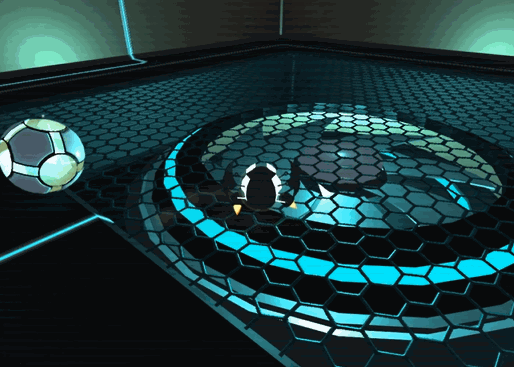

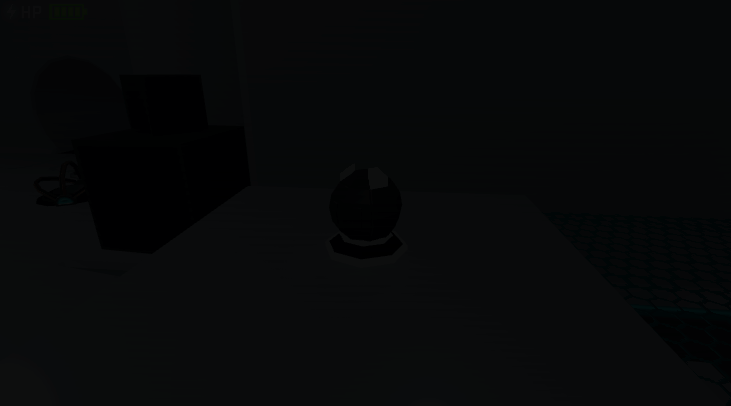
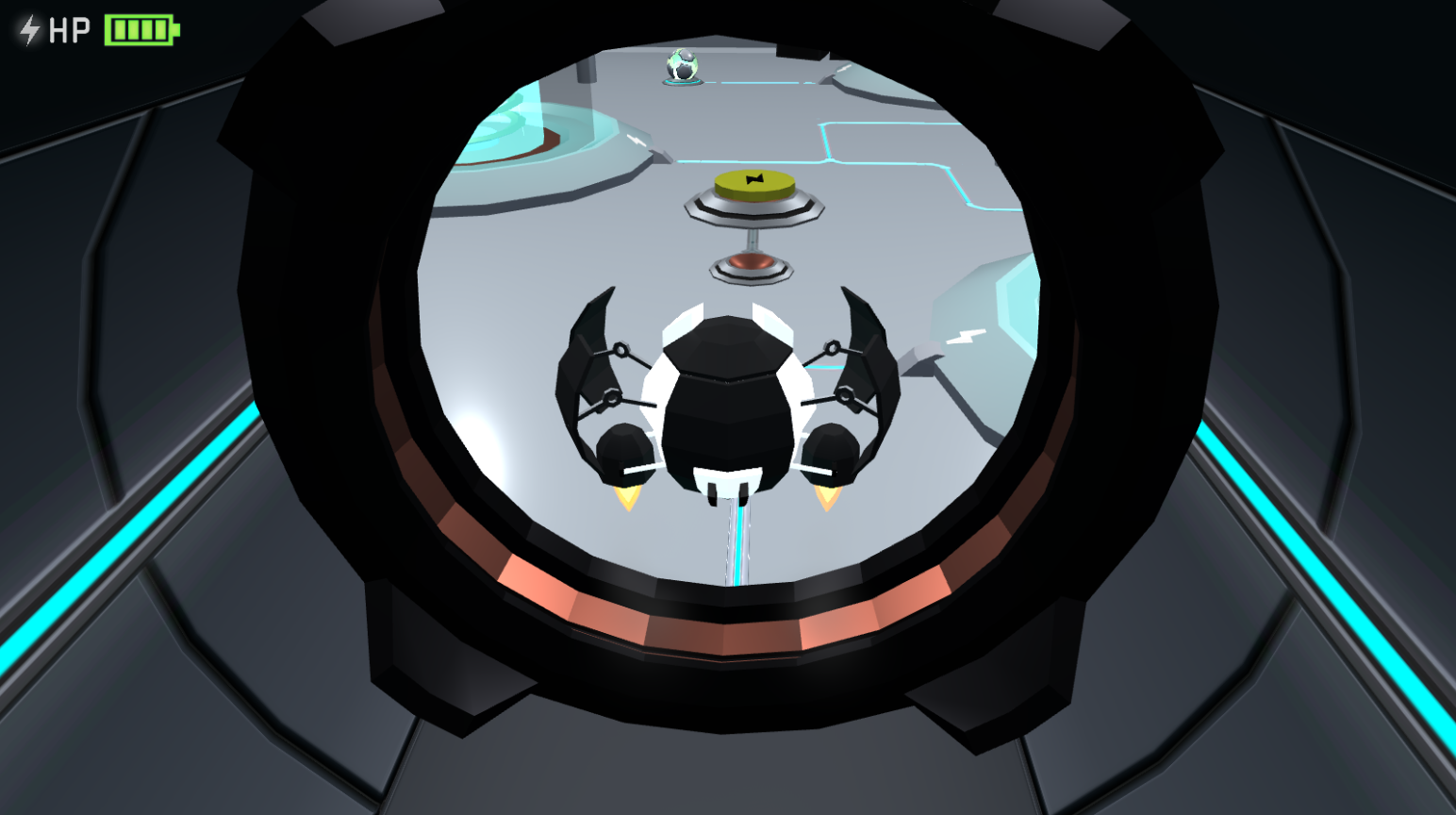
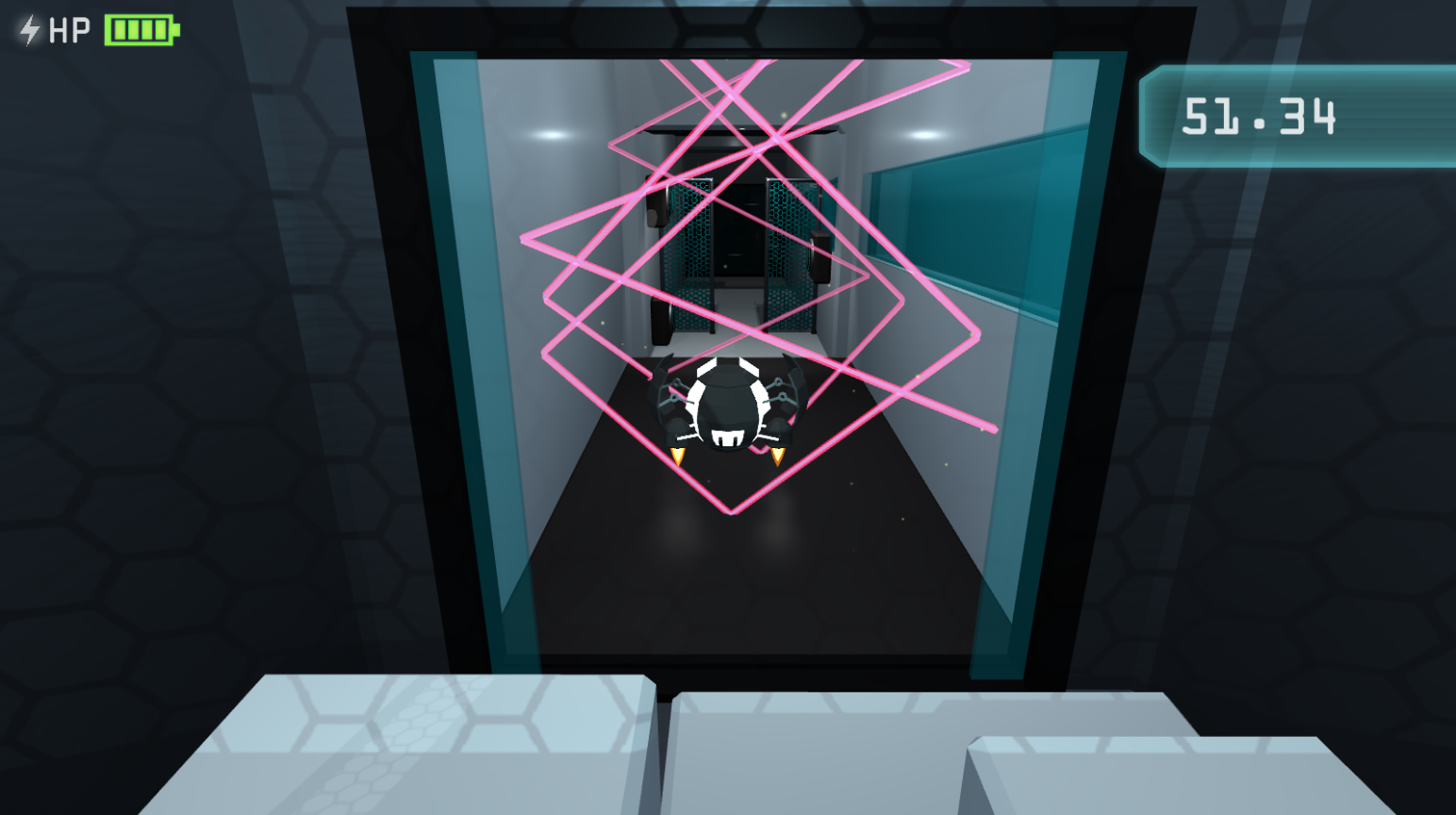

One of the biggest challenges in making this game was the levels themselves, since making puzzles is harder than one would think. The designer has to lead the player to the solution without giving it away, introduce new concepts clearly and reinforce those ideas in progressively complex ways, reward the player with clear signs of progress at the right time, and more. On top of everything else, the puzzles need to be foolproof in the sense that the player cannot accidentally make it unsolvable, especially in a physics-based environment with objects the player is mostly free to control.
Most of my levels started as floor plan doodles on paper, though my method changed as the year passed. The tutorial and first level were on graph paper, but by the time I got to the 3rd level, I found myself ditching the grid for a larger sketch and coins and tokens to plan and check my puzzles for ways things could go wrong before I touched my laptop. The fact that the robot can fly was an interesting twist, since the robot can fly freely around the space, while the power cell balls that serve as a mechanical focus cannot. This became an important tool since the player can easily see the full breath of the level, but logically cannot use it right away. This made planning and following wires an essential part of the level design and the player's tasks.

Volt's area in Hub

Final lower level concept 1

Final concept 2

Hub Concept
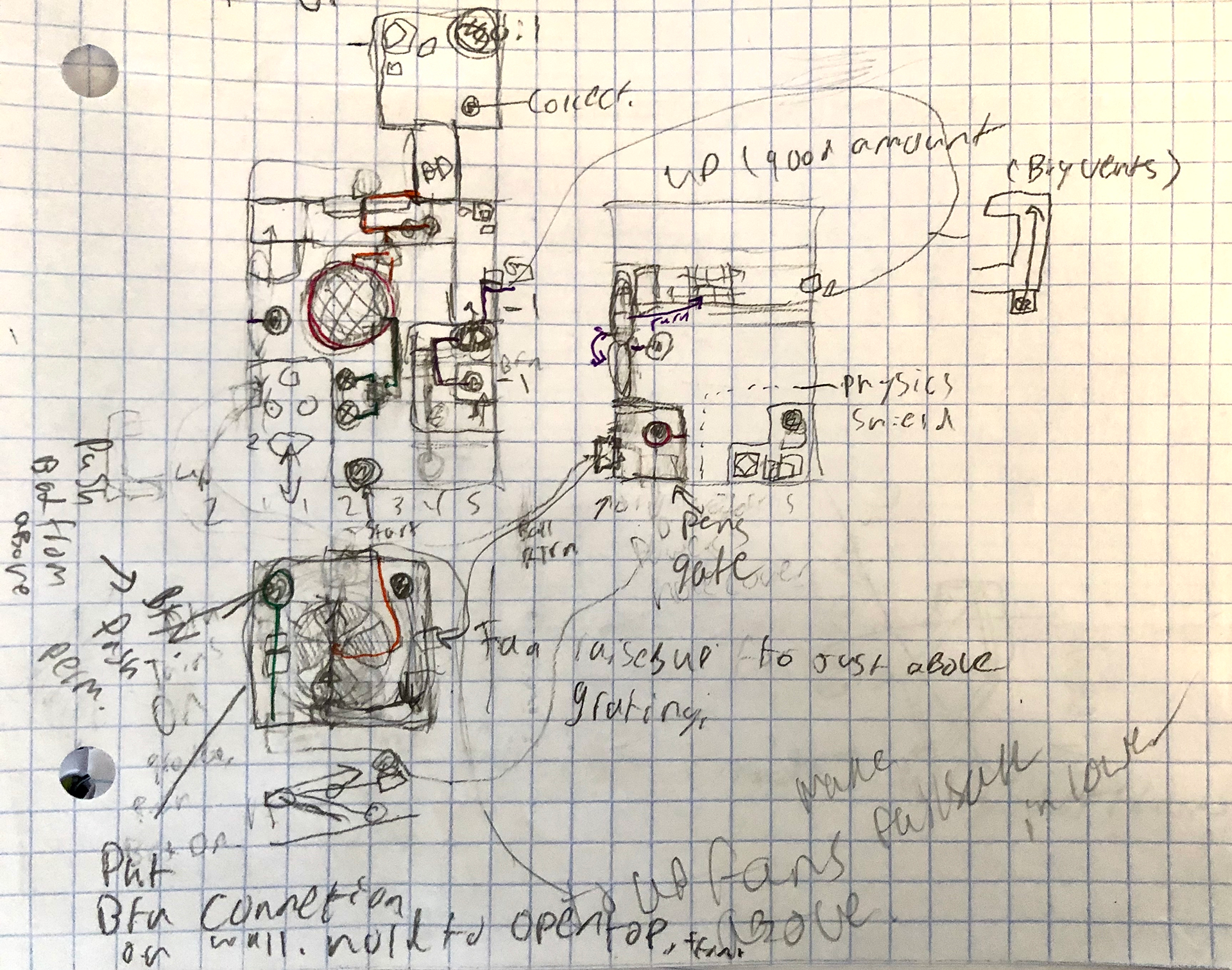
Lv1 map

Steps to win lv1

Lv1 Concept

The finalized lv3 map
